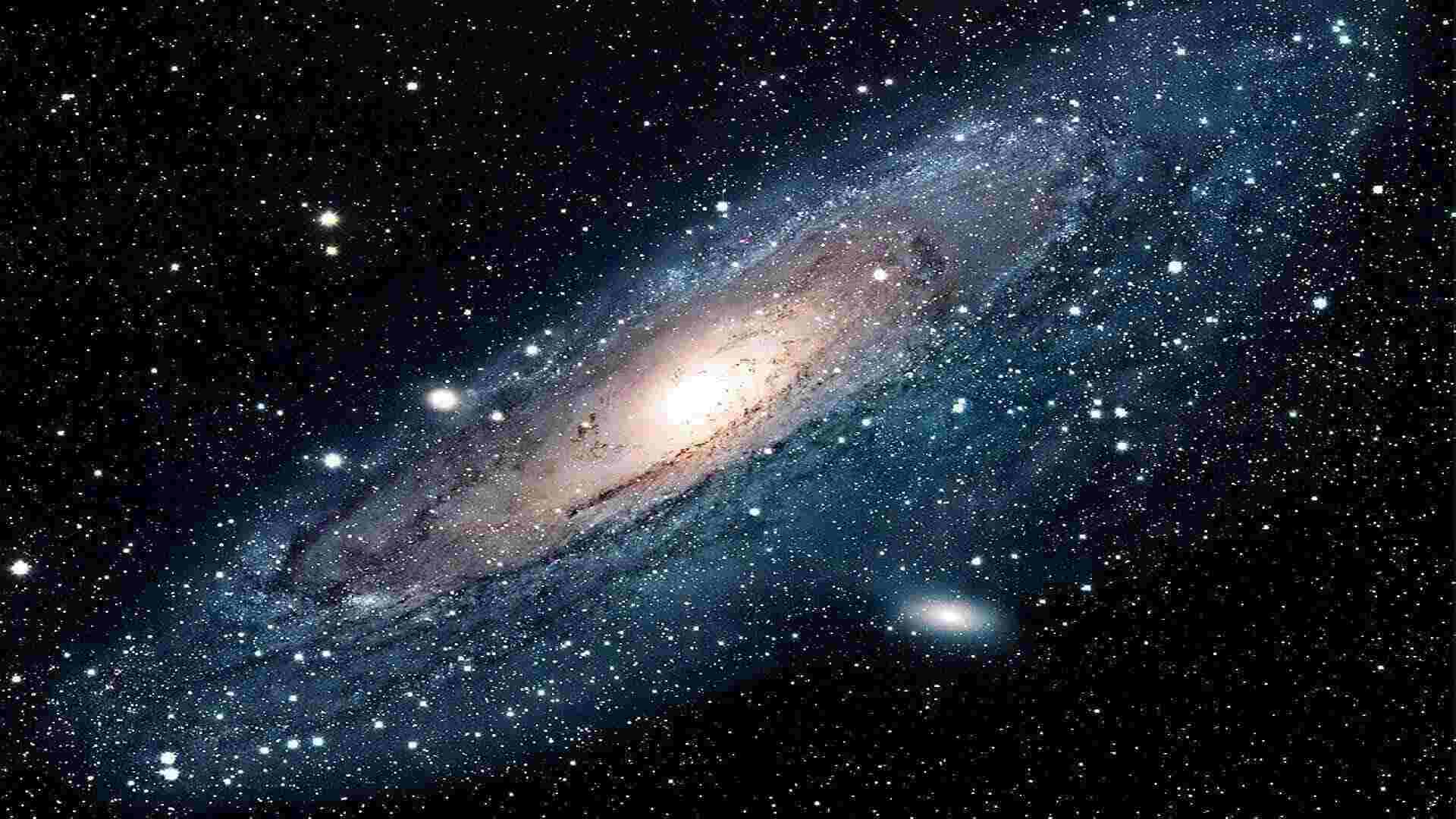The cosmos, with its vast expanse of galaxies, stars, and nebulae, continues to captivate the human imagination. Among the myriad celestial wonders, the Whirlpool Galaxy stands out as a captivating spiral beauty, inviting astronomers and stargazers alike to delve into its mysteries. In this blog post, we will embark on a cosmic journey to explore the Whirlpool Galaxy, unraveling its enigmatic features, and understanding its significance in the cosmic tapestry.
Discovering the Whirlpool Galaxy
The Whirlpool Galaxy, also known as Messier 51 or NGC 5194, is a stunning spiral galaxy located approximately 23 million light-years away from Earth in the constellation Canes Venatici. It was first discovered by Charles Messier, a French astronomer, in 1773, making it one of the earliest entries in Messier’s catalog of celestial objects.
At first glance, the Whirlpool Galaxy appears as a classic spiral, characterized by its swirling arms and a bright central nucleus. Its distinctive structure has made it a favorite target for amateur astronomers and a subject of intense study for professional researchers.
Symbiotic Dance: Whirlpool and NGC 5195
What adds to the allure of the Whirlpool Galaxy is its celestial dance with a smaller companion galaxy, NGC 5195. This smaller galaxy is interacting with the Whirlpool Galaxy, creating a visual spectacle and influencing the dynamics of both galaxies. The gravitational interaction between the two galaxies has led to the distortion of their shapes and triggered the formation of new stars in the process.
This symbiotic relationship between the Whirlpool Galaxy and NGC 5195 provides astronomers with a unique opportunity to study galactic interactions and their impact on the evolution of galaxies. The tidal forces at play in this cosmic ballet have given rise to bridges of gas and dust connecting the two galaxies, offering a glimpse into the complex interplay of celestial bodies on an astronomical scale.
Stellar Nurseries and Star Formation
One of the most intriguing aspects of the Whirlpool Galaxy is its active star-forming regions. The spiral arms of the galaxy are adorned with vast clouds of gas and dust, known as nebulae, which serve as stellar nurseries. Within these nebulae, the gravitational forces cause the gas and dust to collapse, giving birth to new stars.
The Hubble Space Telescope has provided astronomers with breathtaking images of the Whirlpool Galaxy, showcasing these stellar nurseries in unprecedented detail. These images capture the beauty of the cosmic ballet, where bright young stars illuminate the surrounding nebulae with their dazzling light, painting a vivid picture of ongoing stellar birth within the galaxy.
Deep Dive into the Whirlpool’s Core
The central region of the Whirlpool Galaxy holds a supermassive black hole, a gravitational behemoth with a mass millions of times that of our Sun. While not unique to galaxies, the presence of such black holes at the cores of galaxies is a subject of intense study. The interaction between supermassive black holes and their host galaxies plays a crucial role in shaping the galactic environment.
Astronomers use various techniques, including observations of the motion of stars around the galactic center, to infer the existence of these supermassive black holes. In the case of the Whirlpool Galaxy, the dynamics of stars near its core have provided evidence supporting the presence of a supermassive black hole, adding another layer to the galaxy’s complexity.
Dark Matter and the Galactic Halo
Beyond the visible components of the Whirlpool Galaxy lies an invisible and mysterious substance known as dark matter. Although undetectable through conventional means, the gravitational influence of dark matter is evident in the rotation curves of galaxies. The outer regions of galaxies, including the Whirlpool Galaxy, exhibit a discrepancy between the observed mass (from visible matter) and the mass required to account for the observed rotation speeds.
This disparity suggests the presence of dark matter, an elusive and as-yet-undiscovered form of matter that does not emit, absorb, or reflect light. The study of dark matter in galaxies like the Whirlpool provides valuable insights into the overall structure and dynamics of the universe on cosmic scales.
Observing the Whirlpool Galaxy
For astronomers and amateur stargazers alike, observing the Whirlpool Galaxy can be a rewarding experience. While it may not be visible to the naked eye, modest telescopes can reveal its spiral structure, especially under dark skies. To truly appreciate the intricate details and colors of the Whirlpool, astrophotography becomes an invaluable tool.
Astrophotographers often capture long-exposure images to bring out the delicate features of the galaxy, showcasing the swirling arms, the companion galaxy NGC 5195, and the intricate patterns of star-forming regions. These images not only serve as visually stunning representations but also contribute to scientific understanding by providing data for further analysis.
Conclusion: A Cosmic Tapestry Unveiled
The Whirlpool Galaxy, with its captivating spiral arms, interacting companion, and dynamic core, stands as a testament to the awe-inspiring complexity of our universe. From stellar nurseries to supermassive black holes, this cosmic marvel offers a rich tapestry of astrophysical phenomena for astronomers to explore and understand.
As technology advances and new generations of telescopes and space observatories come into play, our understanding of galaxies like the Whirlpool will undoubtedly deepen. The mysteries of the cosmos continue to beckon, and as we gaze into the depths of space, the Whirlpool Galaxy remains a celestial masterpiece, inviting us to unravel its secrets and marvel at the wonders of the universe.

Leave a Reply